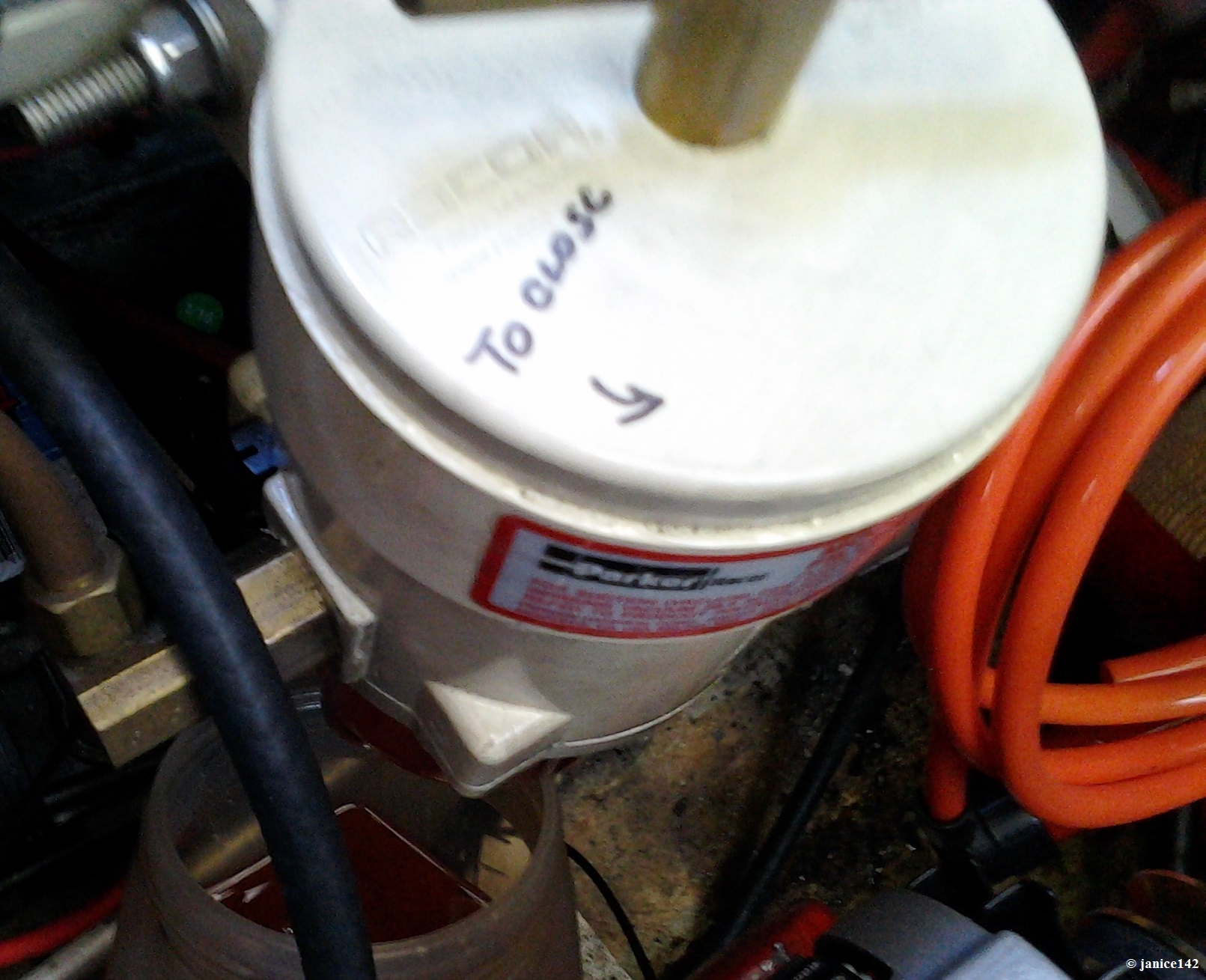diver dave
Guru
- Joined
- Jan 13, 2017
- Messages
- 2,570
- Location
- United States
- Vessel Name
- Coquina
- Vessel Make
- Lagoon 380
Racor's demo video shows their Aquabloc filter media that will "run-off" applied water. This is not accomplished with tiny pore sizes. If you pay attention to the video, they will claim that modern low sulphur diesel is now formulated with surfactants that improve the lubricity of the fuel. This has the unwanted property of surrounding water molecules, and tending to fool the media that depends on surface tension separation. They now depend on very high amounts of surface area to reduce the applied differential pressure across the media. So, it is VERY LIKELY that water, with sufficient differential pressure will cross that media. In fact, a water logged "hydrophobic" media will pass water very easily.
I have not done this exact test, but I'll suppose that if you present a virgin Racor with nothing but water, using typical fuel pumping pressures, that water will pass quite easily.
http://https://www.membrane-solutions.com/News_1336.htm
http://www.racornews.com/single-post/2014/09/11/Racors-Aquabloc-Filtration-Media-Its-Complicated
I have not done this exact test, but I'll suppose that if you present a virgin Racor with nothing but water, using typical fuel pumping pressures, that water will pass quite easily.
http://https://www.membrane-solutions.com/News_1336.htm
http://www.racornews.com/single-post/2014/09/11/Racors-Aquabloc-Filtration-Media-Its-Complicated
Last edited:


 She held my attention!
She held my attention! agree as that is what the literature and street says....
agree as that is what the literature and street says....